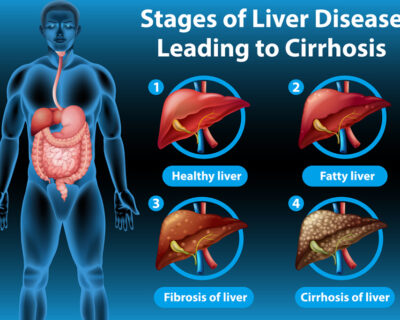
Healthy Habits to help protect and Prevent the Flu
Flu is a contagious respiratory disease caused by the influenza virus (Sitzman, 2004). It is possible to hospitalize patients due to flu-related complications (Sitzman, 2004). Moreover, death might occur due to flu infection (Sitzman, 2004). Landing of respiratory droplets from sneezing and coughing of patients on the mouth and nose of healthy people is the transmission mode of the flu (Sitzman, 2004). Furthermore, healthy people can contract the virus by touching objects contaminated with infected respiratory droplets (Sitzman, 2004). Flu has an incubation period of 1-4 days (Sitzman, 2004). Infected individuals can transmit the virus to others one day before their symptoms start and up to 5 days after feeling sick (Sitzman, 2004). Flu season is between December and March (Sitzman, 2004).
Symptoms:
(Sitzman, 2004)
- Fever
- Headache
- Malaise
- Muscle aches
- Dry cough
- Sore throat
- Runny nose

Diagnosis tips:
- Laboratory tests can be used to diagnose the flu (Sitzman, 2004).
- Diagnosis can also be made based on clinical signs and symptoms (Sitzman, 2004).
- Medical evaluation is required if patients experience severe symptoms such as difficulty breathing or maintaining hydration because it can lead to complications such as bacterial pneumonia and dehydration (Sitzman, 2004).
Treatment:
Antiviral prescription medications such as amantadine, rimantadine, zanamivir, and oseltamivir can be used to treat the flu (Sitzman, 2004). These medications reduce the length and severity of symptoms if they are consumed within the first two days of diagnosis (Sitzman, 2004).
Treatment tips:
- It is better not to prescribe amantadine as a treatment option due to increased resistance being developed by the virus to this antiviral treatment (Vogel, 2011).
- It is recommended to prescribe oseltamivir and zanamivir instead of amantadine (Vogel, 2011).
- It is recommended to limit antiviral treatment to 5 days in uncomplicated flu cases to prevent resistance development (Vogel, 2011).
- Oseltamivir should not be used as a preventative measure among close family members of the patient (Vogel, 2011).
- High-risk individuals include people over the age of 65, residents of nursing homes and chronic care facilities, pregnant women, children under the age of 2, and individuals with certain medical conditions (Vogel, 2011).
- Oseltamivir can be used for pregnant women (Vogel, 2011).
- It is possible to make antiviral therapy optional for children under the age of 2 depending on clinical assessment and regardless of the severity (Vogel, 2011).
Prevention tips:
- Exposure to ill coworkers should be minimized during the flu season between December and March (Sitzman, 2004).
- People should get the flu vaccine annually (Sitzman, 2004).
- Close contact with ill individuals should be avoided (Sitzman, 2004). It is essential to move out of range of ill individuals who cough and sneeze (Sitzman, 2004).
- Infected individuals should stay home to avoid infecting others (Sitzman, 2004).
- When sneezing or coughing, it is essential to move away from others and cover the nose and mouth with a tissue (Sitzman, 2004).
- It is crucial to perform regular hand washing (Sitzman, 2004).
- Touching the nose, mouth, and eyes should be avoided (Sitzman, 2004). If infected, it is possible to transmit the virus to surfaces touched after touching these areas (Sitzman, 2004). If uninfected, it is possible to become infected if these areas are touched with hands that have previously touched infected surfaces (Sitzman, 2004).
- Implementation of alcohol-based hand sanitizers in public areas, including visual reminders for maintaining hand hygiene (Emanuel, Updegraff, Gallagher, & Steinman, 2011).
- Visual reminders for hand washing (Emanuel, Updegraff, Gallagher, & Steinman, 2011).

References
Emanuel, A., Updegraff, J., Gallagher, K., & Steinman, C. (2011). Framing flu prevention: Experimental field test of signs promoting hand hygiene during the H1N1 pandemic. PsycEXTRA Dataset. doi:10.1037/e527772014-874.
Sitzman, K. (2004). Six tips for avoiding the spread of flu. AAOHN Journal, 52(10), 452-452. doi:10.1177/216507990405201008.
Vogel, L. (2011). Flu treatment guidelines updated. Canadian Medical Association Journal (CMAJ), 183 (3), E158.
Provided and edited by the members of MARI authors; Helia Falahatkar, Anahita Arfa, and Pooya Beigi MD.






